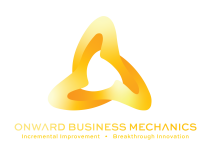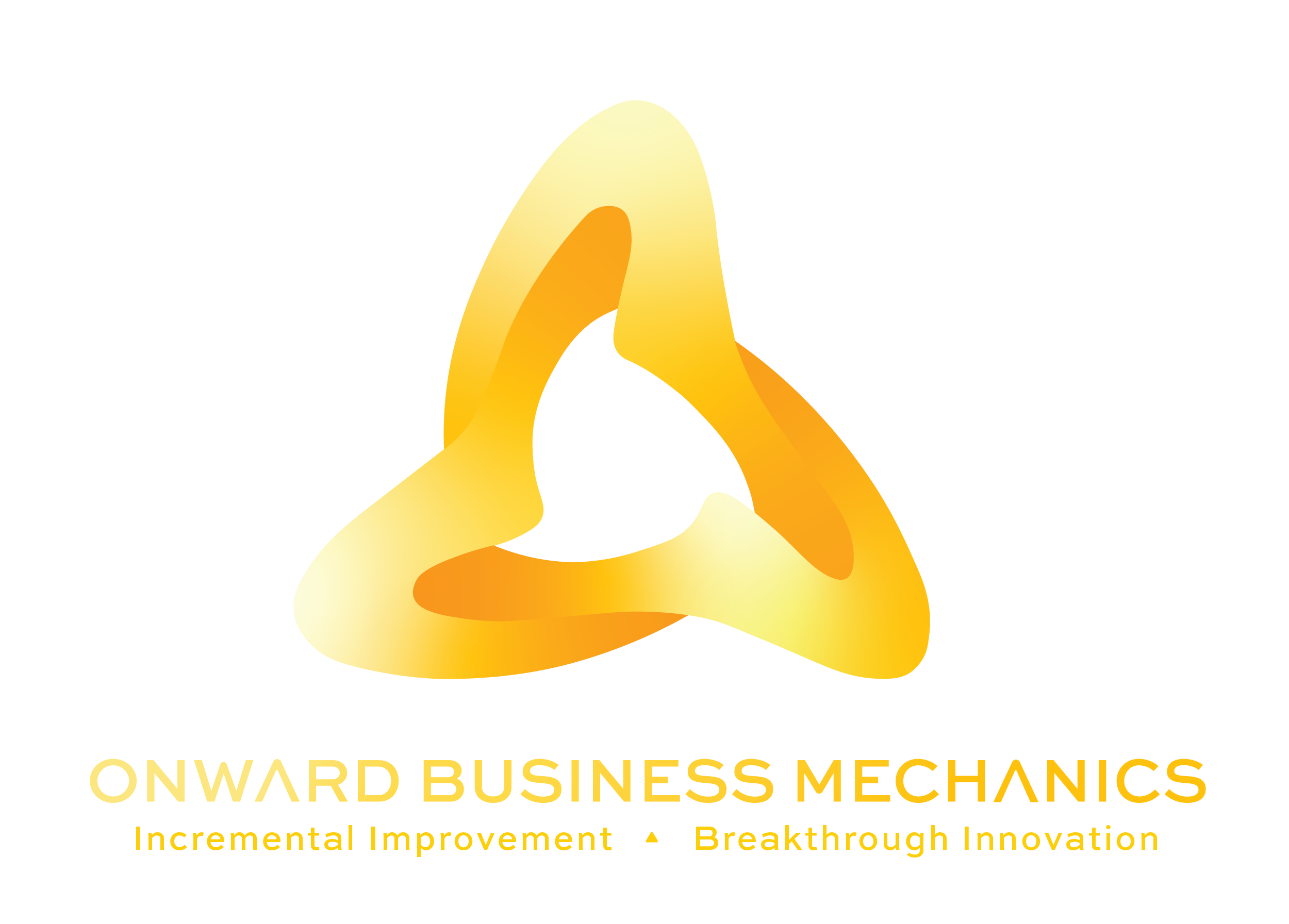I’m fully convinced: Lean can radically improve an organization. But in order for Lean to truly take hold and work well, there has to be a shift in culture – and that’s not without its challenges.
If you’ve been around anyone who speaks and breathes ‘Lean’ at all, then you’ll be familiar with some of the terms and jargon we like to toss around. You’ll have heard phrases like ‘Red Tagging’, ‘5S’, ‘The 7 Wastes’, or “The 5 Why’s”.
To those who aren’t familiar with Lean, this can feel foreign – or worse – irrelevant. If you identify with either of these two responses, it’s okay. You’re in good company.
In my time as a Lean consultant, I seem to bump up against these responses repeatedly. Many organization don’t see the point of Lean exercises. They see Lean tactics or systems as superficial, or tools that don’t really do anything for them: “Oh, so what, the area’s tidier, who cares?”
Sure, the work space is tidier, but Lean is actually much more than that – it has a functional purpose: it’s about exposing problems.
Lean Philosophy is about being willing to air your dirty laundry. It’s about having systems in place that make it obvious when things are breaking down – because then problem is detected and solved quickly.
First: remove the fear that employees will get in trouble for reporting a problem.
No longer can it be “I don’t want to be pinned down to the board because of a mistake that I made”. Rather, there’s got to be a sense of “we are all putting the end goal before our own fear of consequence.”
You have to create a culture where people who report the problems are rewarded: “Boy, you really did us all a favour for pointing out where something was going wrong so that we can fix it and move on and keep working.”
Second: cultivate management receptivity to suggestions and reports.
You can’t have defensiveness and managers or foremen pushing back the issues being raised – or worse, at the reporters or whistleblowers themselves.. Installing a point person to handle suggestions. This needs to be someone who is responsive to the employees and recognizes they are all working together towards the same common goal.
Third: understand Lean Tools are only the starting point
Organizations that implement a few Lean exercises without asking big questions about their workplace culture are going to have a rough time making the changes stick. You can implement it on paper, you can talk about it, you can go through it once with your team.
The real reward is found in SUSTAINING the changes you make.
Sustaining Lean is an extension of your culture.
And culture will determine the shift in everyone’s behaviour, from the way that they’re coming together and looking for opportunities to improve and feel safe – and to work toward that together.


